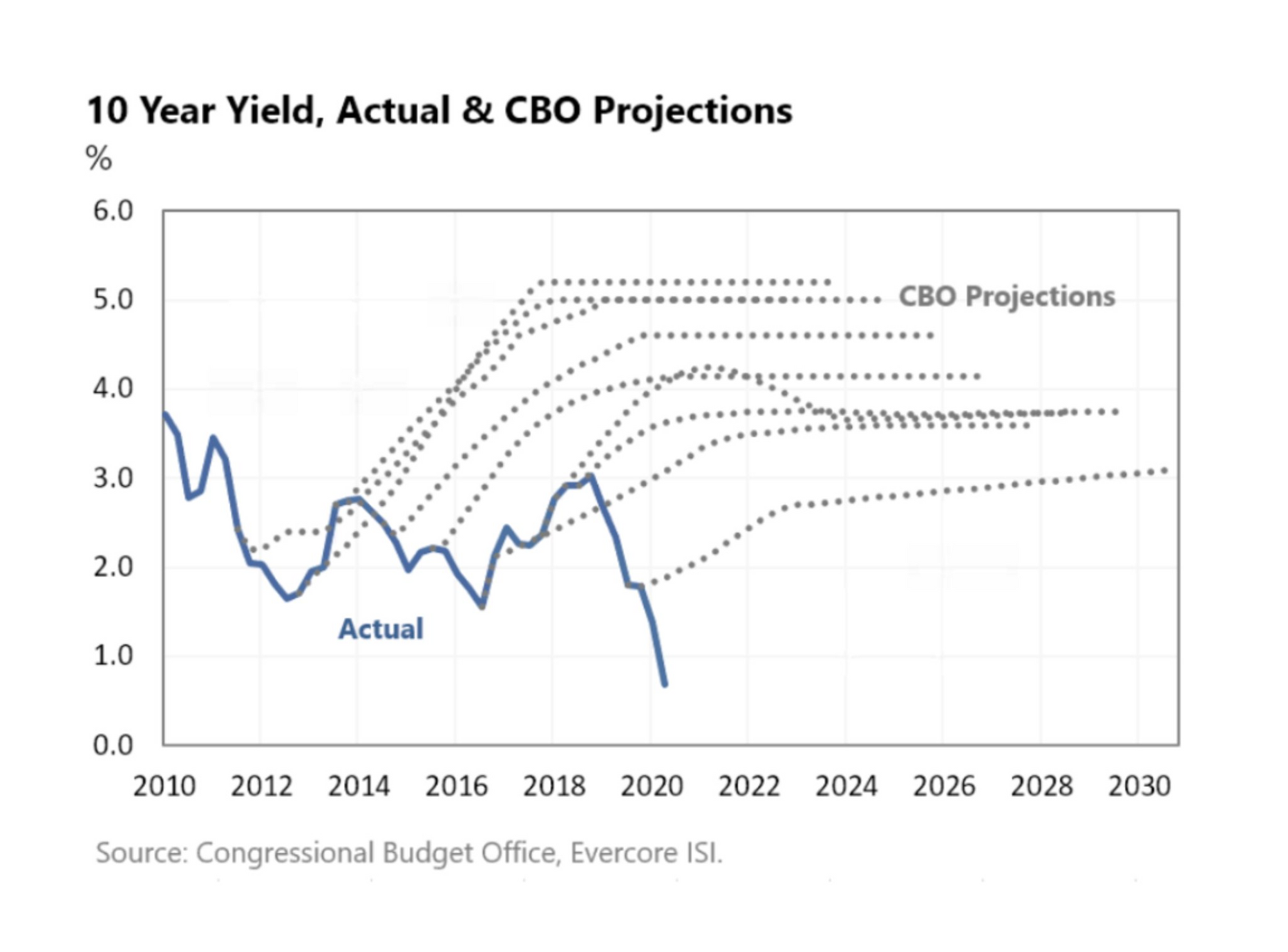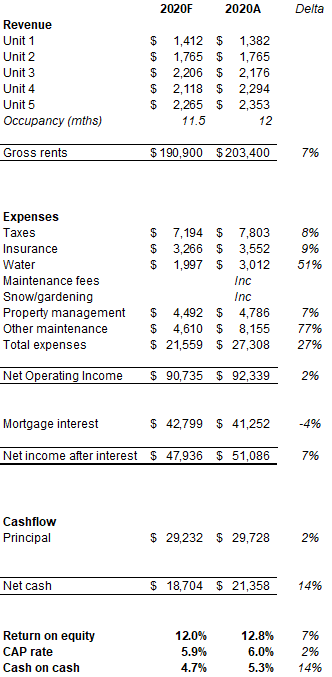You wanted 15% ROI. Did you get it?

The 'say-do' ratio is a measure of your integrity. How often do you follow through by doing with what you say you'll do?
In my experience few people take the time to examine their say-do ratio. It's easy to have grand plans. It's harder expending energy to see if you followed through with your plans in a timely way. It's the mental equivalent of taking a cold shower.
If you don't examine your say-do ratio in real estate investing the only person you're fooling is yourself. I spend an hour a year to see if my forecasts made prior to buying an investment match my actual results. Why do I do this and recommend you do the same?
Because you'll sharpen the sword.
You'll understand where you over- and underestimate for future investments. Feedback is an important part of growth. In property investment there's no-one to give you feedback. But there is your P&L. And P&Ls don't lie or sugarcoat the truth. Especially over a few years.
Many organizations and people make forecasts with no feedback loop. No feedback loop, no point. Take the Congressional Budget Office 10 year yields as an example.

Here's an actual 'year 3' example from one of my properties. I compare the third year of my five year proforma (2020F) with my actual third year income and expenses (2020A) from the property management software data.

It turns out I consistently underestimate property tax, water and insurance. And not just with this property. These three expenses should be highly predictable. Property tax from public records, water from historical bills, and insurance from quotes. The root problem is likely my underestimating the annual inflation of these costs.
On the plus side, the actual rental income is meaningfully higher than my forecast made three years ago. And this is also something I consistently underestimate with my properties. The root problem here is I'm probably giving myself too much of a 'buffer'. Perhaps not a bad thing as COVID-19 rages on.
The net result is actual ROE (the metric I personally care most about) is actually pretty close to forecast while cashflow is positive. It's satisfying, but ultimately a product of two estimations cancelling one another out.
Invest the time every year to measure your actuals against your original forecast to become a better investor.
